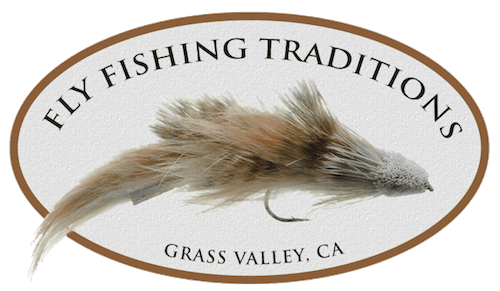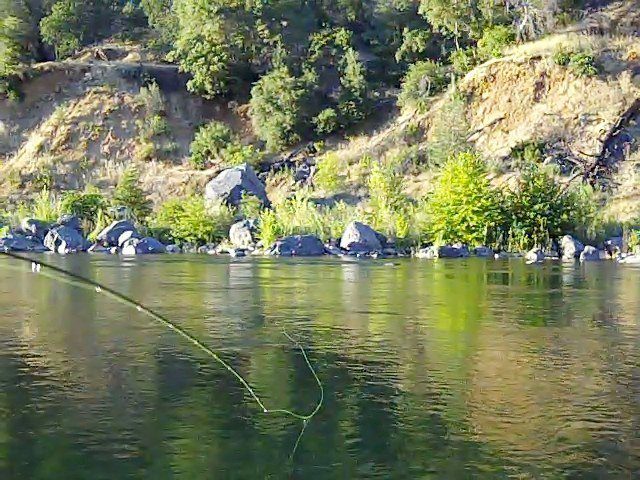What does “mend” mean? Well… let’s look at a fishing situation, imagine you’re standing knee deep in your favorite stream. You make an upstream presentation, your fly land softly, starts floating back towards you and then all of a sudden in starts skating the currents. Opps, Forgot to mend the line.
The term “mend” or “mending” is simply the act of moving the fly line during the drift, to create a specific presentation of the fly to the fish.
With that said, mending the fly line will have an effect on how the fly rides in the water. Learning when, where, how to mend and what the mend does for the presentation of the fly are all keys to becoming a successful fly fisher.
Standing alongside an experienced angler (maybe, hiring an educational oriented guide?) who talks you through when and how to mend is one of the best ways to learn. Mending expertise doesn’t come overnight, but a little time on the water with someone knowledgeable is a great start.
Fly Line ‘Belly’ and Mending
Let’s talk about ‘belly’.
Belly can be explained as a downstream arc in the fly line as it floats in the current. Belly can be good or bad, depending on the situation. Think of the fly line as a sail, and the water as the wind. Wind fills the sail and pushes the boat; water fills the belly and pulls the fly.
Belly is Bad when…
When is belly is bad. You might have noticed when there is belly, in fast water, the current fills the belly until it becomes tight and then begins to pull the upstream portion of the fly line – often dragging the fly out of the zone or streaking it across the surface. If you are nymphing, the fly will not be able to sink enough to give a good presentation. If you are dry fly fishing, the fly will have minimal time to present itself.
In this situation the belly is bad. The fly line must be mended upstream to remove the belly, allowing more time for natural fly presentation. Sometimes the current is so fast that continuous mending is required to allow the fly to drift properly.
Belly is Good When…
When is belly good? When you need to move your fly, to speed it up, swim it faster or skitter it cross the surface. This is often the case when the current is slow, or at the end of the swing or drift.
Here’s one example. You’re swinging a streamer. It’s halfway through the swing and the current starts to slow. The line stops swinging so the fly stops swimming and begins to sink to the bottom. There is still a lot of water left to fish but not enough current to move the fly. This is where you want to have belly to pull the fly through the last half of the swing.
During your swing, as the fly line begins to slow, mend a downstream belly into the fly line, allowing more water to fill the belly, thus pulling the fly and continuing the swing. This will also work to skitter a dry fly across the surface.
Lets Start Fishin’
Let’s say, for the sake of example, we are mending upstream. You have made your cast across the current and a down stream belly is starting to form. Do not simply flip the rod tip upstream. This is a classic mistake that will only tighten the line, increase the bellydrag and pull the fly towards you and out of the zone. You must first lift the line off the water and then lay the line over.
Mending Your Fly Line
Every mending situation is different. There are times when you can slowly lift the line and simply lay it back on the water. Other times you need to mend quickly. Imagine your rod is a paint brush. Now using only the rod tip, lift the line and quickly flick paint in the direction you want to mend.
With practice, you will see that when you flick a mend, it will roll down the line. The harder you flick, the farther down the line it rolls. The farther you need to mend, the higher you need to lift the line off the water.
It’s hard to explain on paper so go out and practice. Paint circles and flick paint. Observe the result of the rod tip action and the effect it has on the fly line. The fly line will always follow the rod tip. The wider the circle you paint with the rod tip, the wider the circle the fly line will make.
Concentrate on mending techniques, your flies with drift more naturally and you’ll be in contact with a fish more often.
Thanks to www.Deneki.com for help with this tip.

